|
You have 7 hours of quiet, uninterrupted time. But you can’t read, you can’t write, or draw, or doodle, or scribble, or make lists. No words, pens, pencils, paper, or crayons allowed. The only thing you are allowed to do is walk around a room for nearly 7 hours and actively monitor students taking a standardized test. So what do you do? I found this list on the weareteachers blog, but I modified it to things we are actually allowed to do. (No food, candy, or silly putty allowed.) The rest of the list consists of my own ideas or ones I found in the comments on this link. http://www.weareteachers.com/blogs/post/2015/01/29/17-more-things-you-can-do-while-actively-monitoring-a-standardized-test 1. Make it an exercise challenge. See how many times you can circle the entire room. 2. Think about your responses to these “Would You Rather” questions or create some of your own. Would you rather have pogo sticks for legs or fully-retractable arms? Would you rather live in the worst place you can think of but have a travel budget to go anywhere you wanted in the world for 3 months out of the year, or be able to live anywhere in the world but never be able to leave it? Would you rather own a dragon or be a dragon? 3. Pretend to be a ninja. Do a lap around the room as silently as possible. 4. Pretend to be a car. I like to make the “scrrrrr!” noise in my head as I round the corner of a row. 5. Pretend to be a spider making a web. Think about what pattern you would make if you were leaving a web behind as you weave around the room. Then think about how weird it would be if you were a human leaving a web behind. Then try not to laugh. 6. Find things in the room that rhyme or almost rhyme: cord, bored, snored 7. Listen to the soundtrack of a musical just before testing and enjoy every single song being in your head for the next 8 hours. “Into the Woods” and “Les Miserables” work 100% of the time. 8. Send each child positive vibes one at a time. I imagine positive vibes being these yellow spaghetti-like wobbly tubes that actually connect between our brains, but you can imagine them however you’d like. 9. Think about what school would be like if you were the principal. Mandatory post-lunch naptime, for starters. 10. Think about how you would describe the color red (or any color) to a person who cannot see. 11. Think about what you would get on a vanity license plate. If you get bored of that, think of what your favorite characters from literature or history would get on their vanity plates if they had them. 12. Find something in the room for every letter of the alphabet. And then do it backwards. 13. Count how many times you walk in a figure eight by weaving in and out of the desks. 14. If you are a math person, figure out what percentage of the students wear glasses, are left-handed, wearing hoodies, wearing sandals, tennis shoes etc. 15. Write an acrostic poem in your head for objects you see in the room: W I N D O W 16. Play mental scattegories: Choose a category and then see how many things fit into that category that start with a certain letter. 17. Think up a list of your favorite words ever. Find one for every letter of the alphabet. 18. Create alliterative nicknames for each kid in your room. 19. Pick a book, movie, tv show, etc. and decide which student is which character. Things like Harry Potter, Game of Thrones, and Lord of the Rings make good ones because you can first decide which house/species the student is. Also you can choose which animal each student is most like. 20. Think up character names you love and will use for your next story. Do one for every letter of the alphabet. 21. Every time you look up at the clock start singing Bohemian Rhapsody: I'm just a poor boy, nobody loves me. He's just a poor boy from a poor family, Spare him his life from this monstrosity. Easy come, easy go, will you let me go? Bismillah! No, we will not let you go. (Let him go!) Bismillah! We will not let you go. (Let him go!) Bismillah! We will not let you go. (Let me go!) Will not let you go. (Let me go!) Never, never let you go Never let me go, oh. No, no, no, no, no, no, no. Oh, mama mia, mama mia (Mama mia, let me go.) Beelzebub has a devil put aside for me, for me, for me.
Character Driving Plot and a Fear Busting Free Lesson from the Hero's Art Journey from Mira5/25/2015
Dealing with fear in this awesome free telesummit put together by Kathy Scheiern As creatives, whenever we look at that blank page, whenever we’re making decisions on where to take a character, whenever we submit our work or attend a conference, we’re facing fear. Most of us are sensitive types, many come from some kind of trauma, so facing fear is an important topic for us just as it is for many of the characters in our plot-driven stories. In my interview I talk about my background in a way that I rarely do and share a fear-busting lesson from the Hero’s Art Journey, which is my gift for the telesummit participants. There are lots of other free pressies there as well, so I hope that you’ll check it out here. Character Driving Plot When you write a regular blog, you're constantly wondering... what can I write about that will be really helpful for my people. So in honor of our upcoming Craft and Business of Writing Picture Books course, I decided to do a series writing about the main elements of writing plot-driven children’s books that we'll be going into in the course on a much deeper level. But here they are: 1. Character 2. Plot 3. Pacing 4. Voice and Language In the following months I’m going to write about each of these, starting with character. So here goes: Character How well you know your characters makes a big difference in how well you write them. Physical descriptions (kept to a minimum in picture books) and shown through actions e.g., instead of “she was short” – “Angie was tired of standing on her tip toes to hug her friends” are only part of the picture. It’s your main character(s) hopes, fears, greatest desires that really drive the story or plot. Whatever your main character’s greatest fear is–that’s what they must face and overcome. Whoever their greatest enemy is–that’s who they must vanquish or friend. Whatever their greatest desire–that’s what they must strive towards and attain either in that book or one of the following books if it’s a series or attain if it’s a picture book. Their challenges become assets. Whoever their friends are, these are either allies on the journey, or characters that they have conflict with, or characters that they must save in one way or another. The more you know your characters, the better that you can write them. Even if you never use most of the stuff that you know about them, your character will still come across stronger for that knowledge. Being a visual person, I like doing mind maps. So here’s one that I did for one of my stories that I’m sharing with you guys as well as a downloadable blank version that you can use with your own work. Let me know if you find it helpful. Yours in children’s book love, Mira  Mira Reisberg has helped MANY authors and illustrators get published. She has worn just about every hat in the industry including art director, editor, illustrator and author, and literary agent. Mira holds a PhD in Education and Cultural Studies with a focus on children's literature. She is also an award-winning children's book illustrator and writer. Watch for the upcoming Craft and Business of Writing Children's Picture Books, which she will be co-teaching with the fabulous Kelly Delaney, an acquiring assistant editor at Random House/Knopf!
It turns out, there is a company called Workman that publishes a line of books called Indestructibles. And that's what they are. Literally indestructible. These books look and feel like paper, so babies think they are getting away with something when they get their sticky little paws on these books. But when they go to rip it, bite it, tear it, shake it, drool on it, spill water all over it, NOTHING HAPPENS. These books are Non-toxic, Rip-proof, Tear-proof, and Water-Proof. And now they are Harper-Proof. I actually tried ripping the book myself and I couldn't do it. They have a line of books, so there are many to choose from. However, before you buy them, realize that most of them are wordless, even the nursery rhymes. Wordless books are totally fine, but if you were expecting words, don't. They do have four books that have words and Harper loves these. Baby Peekaboo and Baby Night Night have sentences and phrases. Baby Babble is more of a labeling book. And Baby Faces simply has one word on each page. Below are a few pages from Baby Faces. As you can see, they all have super cute illustrations. These books are definitely Mommy and Harper approved!
Find out more about Indestructibles! http://www.workman.com/features/indestructibles/ For this week’s Mondays with Mira, I’m delighted to be sharing Miranda Paul’s picture book biography, One Plastic Bag: Isatou Ceesay and the Recycling Women of Gambia, beautifully illustrated by Elizabeth Zunon. 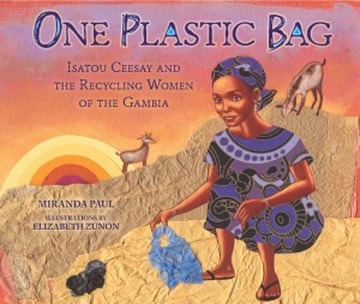 In this inspiring biography of an ordinary Gambian woman who becomes extraordinary through necessity and the courage of her convictions, we learn a little about the long-term consequences of plastic bags on the animals, environment, and people of Isatou’s village. When goats start dying from eating the appealing bags, and other environmental disasters occur, Isatou comes up with an ingenious solution for recycling the bags into glamorous and practical purses despite the ridicule of others. She enlists her friends help and one-by-one other women join her until it becomes a movement and other women from other villages come to learn and make the bags as well. All sorts of other wonderful things happen as a result of Isatou’s decision to deal with the polluting plastic bags that I’m not going to give away. But what I do want to talk about is how skillfully and poetically One Plastic Bag is written. Miranda starts off by forgoing the old-style of biography conventions of telling Isatou’s story from birth to death (or in this case birth to now) focusing instead on a single central narrative located in a specific place but with global implications. She uses metaphor and simile and alliteration, “Something silky dances past her eyes softening her anger. It moves like a flag, flapping in the wind, and settles under a tamarind tree.” Miranda also uses repetition, “Day after day, the bag she dropped is still there. One plastic bag becomes two. Then ten. Then a hundred. Plastic isn’t beautiful anymore, she thinks. Her feet step down a cleaner path and the thought floats away.” Miranda uses language skillfully to create rhythm and pacing as we learn what happens to Isatou, her community, and the transformation of the polluting bags into attractive accessories. It’s a great story that’s very inspiring on many levels and Miranda tells it beautifully. 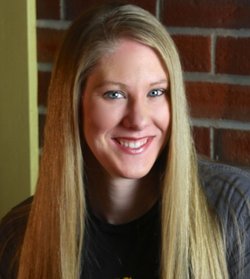 I've lost count of how many books Miranda has coming out in the next few years but despite appearances, she hasn’t been an overnight success. On the One Plastic Bag website www.oneplasticbag.com she provides a ton of resources for teachers and others to work with the book and on one of the pages she mentions that the book took 12 years to come to fruition. Miranda has studied her craft taking courses at places like the Academy and also done a tremendous amount of work for hire and educational writing becoming a grammar and submissions formatting expert (see her wonderful and memorable grammar course here http://www.childrensbookacademy.com/get-your-grammar-groove.html ) as well as a highly skilled and experienced writer. At the same time that she's been building her resume and writing skills, Miranda's also been contributing to the family income with the income she's earned as a writer. She also founded Rate Your Story www.rateyourstory.blogspot.com a wonderful free critiquing service for children’s writers, which has helped many writers and also helped Miranda build her own social media following whether she realized it or not. In other words, she has done all the right things and it shows in both her beautiful writing and in creating the foundations for a strong and renumerative career. After I finished reading One Plastic Bag, I felt honored to have had Miranda as a student, privileged to know her as a friend, and all around happy from this uplifting book. 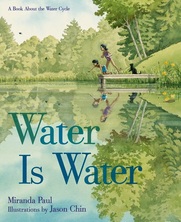 Miranda has another fabulous book coming out in just a few days - Water is Water. She also contributed a super helpful interview to The Academy’s upcoming Writing for Love and Money course and also blogs on the 4th Wednesday of the month here at the Academy. Yahoo!! Watch for Miranda, pretty much everything she does is magical and all those publishers saying yes to her, know what they are doing because after doing all the right things, Miranda knows what she is doing!  Mira Reisberg is the founding instructor and Director of the Children’s Book Academy. She has a PhD in Education and Cultural Studies with a focus on children’s literature and has published eight award-winning and best selling books. In her most exciting endeavor yet, she and Jennifer Swanson (award-winning author of over 20 books) have teamed up to co-teach a course on how to access and write for both trade and educational publishers while earning an income, developing a great reputation and creating a sustainable career!! It’s pretty much the missing link for MANY writers. The course starts May 18th! Click here to find out more and take advantage of the generous bonuses and early bird specials. Confessions From a Reading Teacher- What I’ve Learned about Teaching Reading by Having a Baby5/4/2015
Here is my list of things I never expected to encounter. This is what I’ve learned about teaching reading by having a baby. 1. Babies eat Books. Not babies do this cute thing where they put the book in their mouths. But babies literally bite huge chunks out of board boards. Chunks so large that they WILL choke on the cardboard pieces. And this makes it absolutely impossible to read any board book to them. I remember in the beginning when Harper was only a few weeks old, I was completely disappointed that all my favorite picture books weren’t in board book form. Well now I’m disappointed that I can’t find more quality books that are cloth. Because those are the only books I can read to him. Every now and then I try to read a board book, but it ends in a screaming catastrophe since I won’t let him sink his little piranha teeth into it. Therefore, I discovered developing a habit of reading is much more difficult than I anticipated. 2. Babies Have Favorite Books So since there aren’t nearly as many cloth books out there as board books or picture books, I felt the need to buy as many as I could find. That way he would have a wide variety to choose from. However, I assumed that babies wouldn’t have a preference with books. Books were books and as long as I read it in a fun, entertaining way, he would love it. Wrong! Babies actually have favorite books! And it differs from baby to baby. I read all the reviews online about all the books before I purchased them. Guess what Harper doesn’t like? Dr. Seuss, Eric Carle, and the famous Squishy Turtle and Fuzzy Bee. So it isn’t that the books are just not entertaining or classic or high quality or whatever. Babies like what they like. And no bit of marketing, reviews, or sales pitch will change their mind. ***Disclaimer I actually kind of hate Squishy Turtle and Fuzzy Bee too. Although they have great language and rhyming words, the books are called Squishy Turtle and Fuzzy Bee and yet those characters do not exist in the book. It’s all about other creatures. It makes no sense. 3. The Power of Imitation I knew that babies have this natural thirst for knowledge and they are always observing and taking everything in, trying to learn about the world around them. But it was amazing to me how much children really do mimic what they see the people around them doing. The day my 6 month old picked up a remote and started pointing it at the T.V. while pushing the buttons changed my life. I realized how powerful my actions were. So when I would try to put Harper in my lap and read him a book and he would squirm and act like he wasn’t interested I decided to make reading my activity, not his. Everyday, I started picking up his books and reading them aloud to myself. It was only a matter of seconds before he was speed crawling across the floor to snatch the book from me and start reading it. Now, I find him reading his books to himself. In celebration of Harper's 1st Birthday, I wanted to share his timeline of reading. |
We are so excited to be mixing things up at CBA, beginning with some delicious additions to the Blogfish. Meet our awesome bloggers!!
Here's our lineup: 1st Mondays begin with former school psychologist Dr. Debra Collins who will be writing about Social emotional Learning in kidlit and behind the scenes as well as Jewish children's books. 2nd Mondays will feature super smart Melissa Stoller whose career is taking off with several new books. 3rd Mondays will feature our new blogger coming soon. 4th Mondays features new blogger, the fabulous Brentom Jackson, who has a beautiful approach to blogging. And 5th Mondays we'll be taking a break Archives
July 2024
|
||||||||||
|
Discover
|
About Us
|
Join Us
Join our Community and receive a fabulous free gift, KidLit tips, newsletters, scholarship info, contests, and more!
Join our KidLit Mentorship |
Social Media
Interact with our FaceBook Group or follow us on:
|
© 2010-2024 All content on this website is copyrighted. Sorry, all courses are non-refundable.
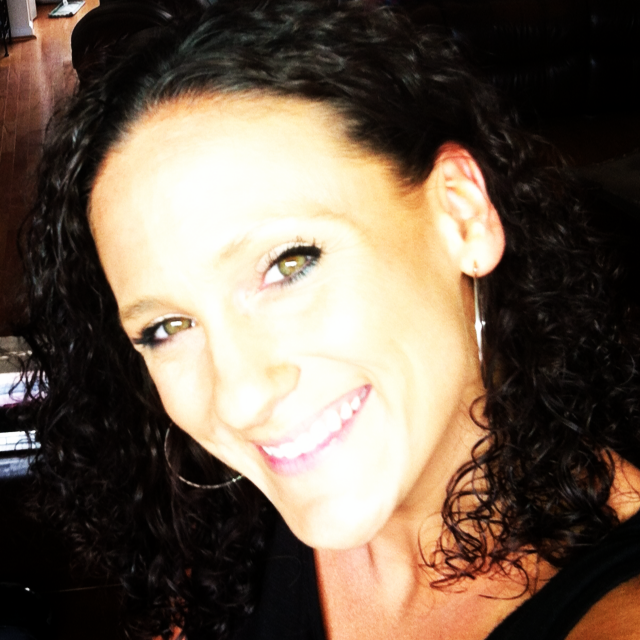
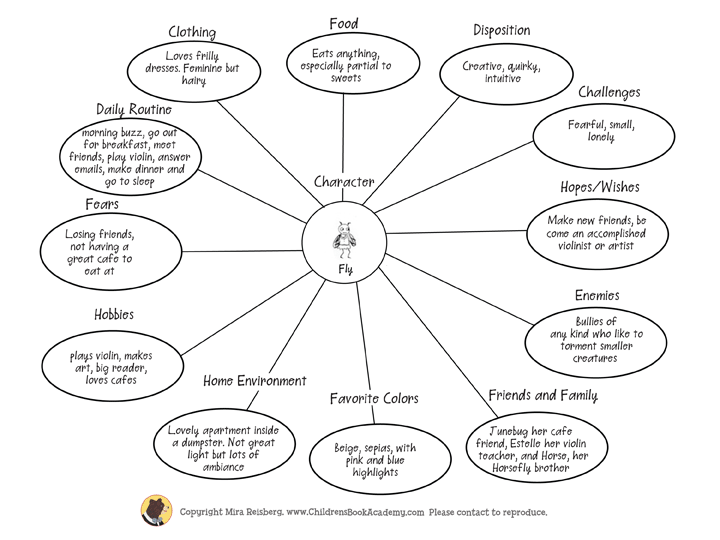
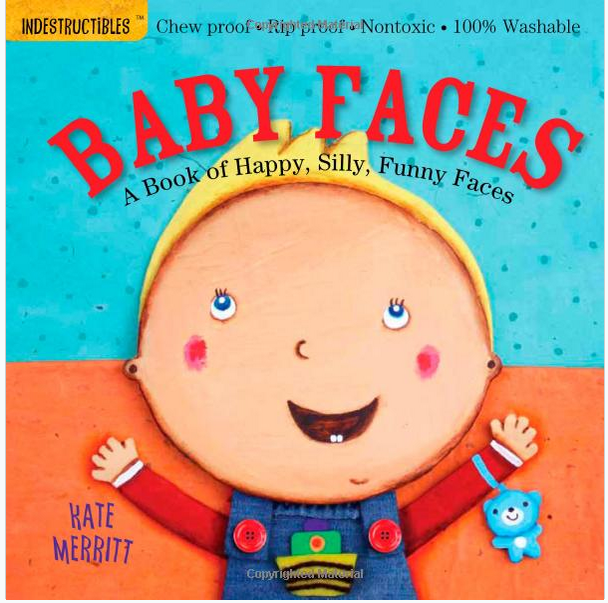
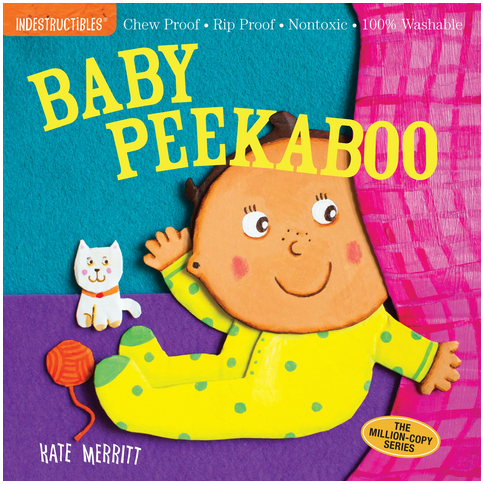
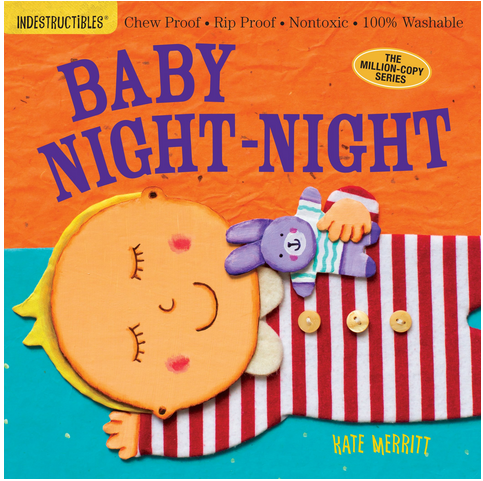
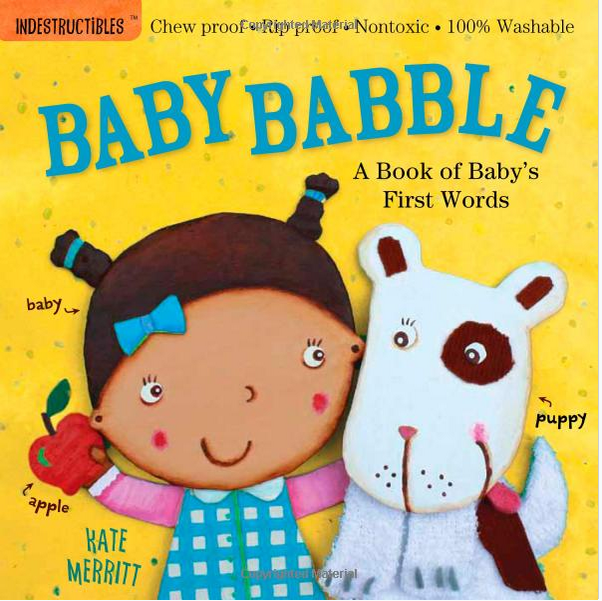
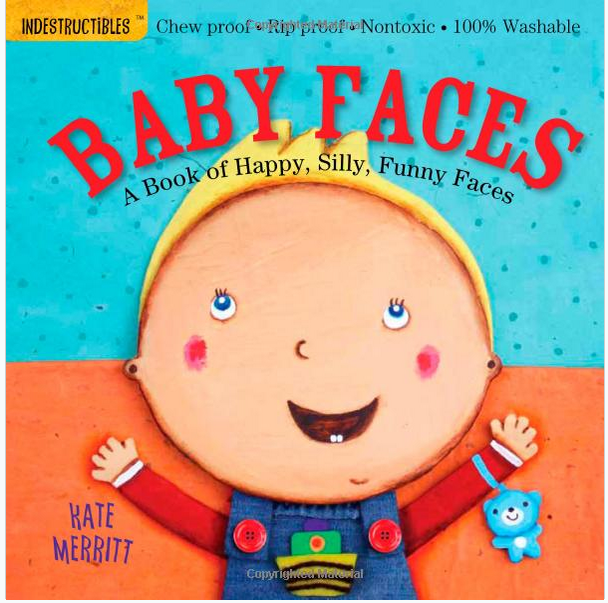
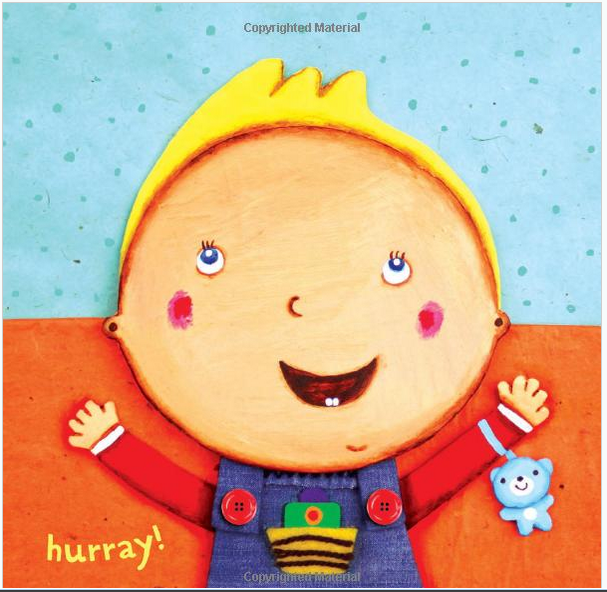
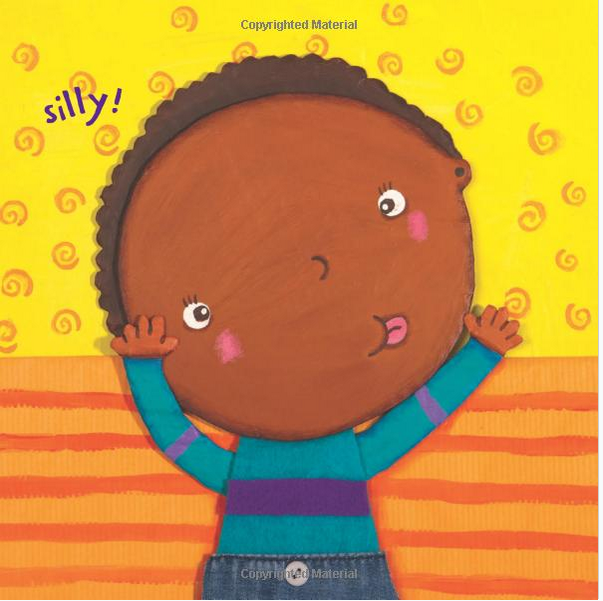
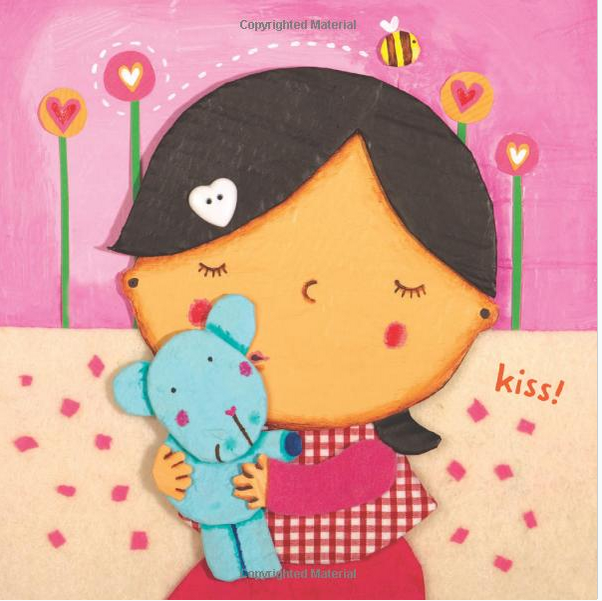
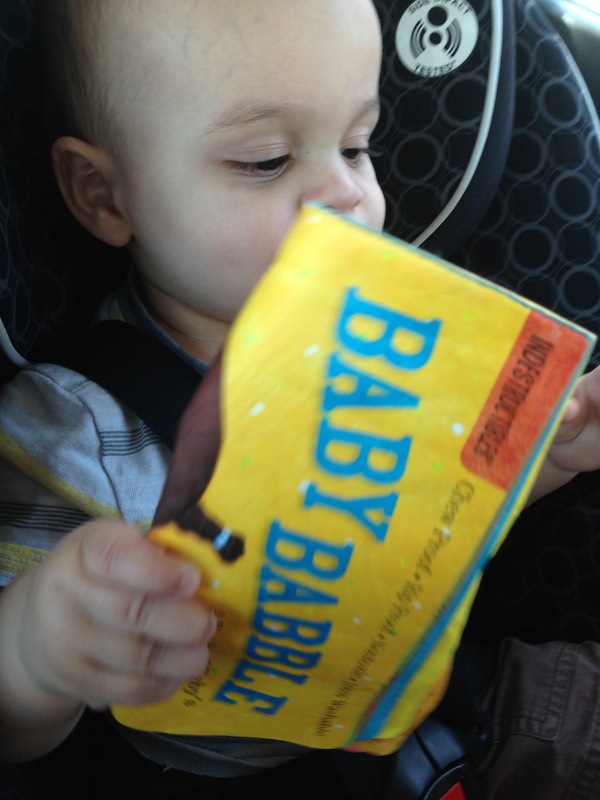
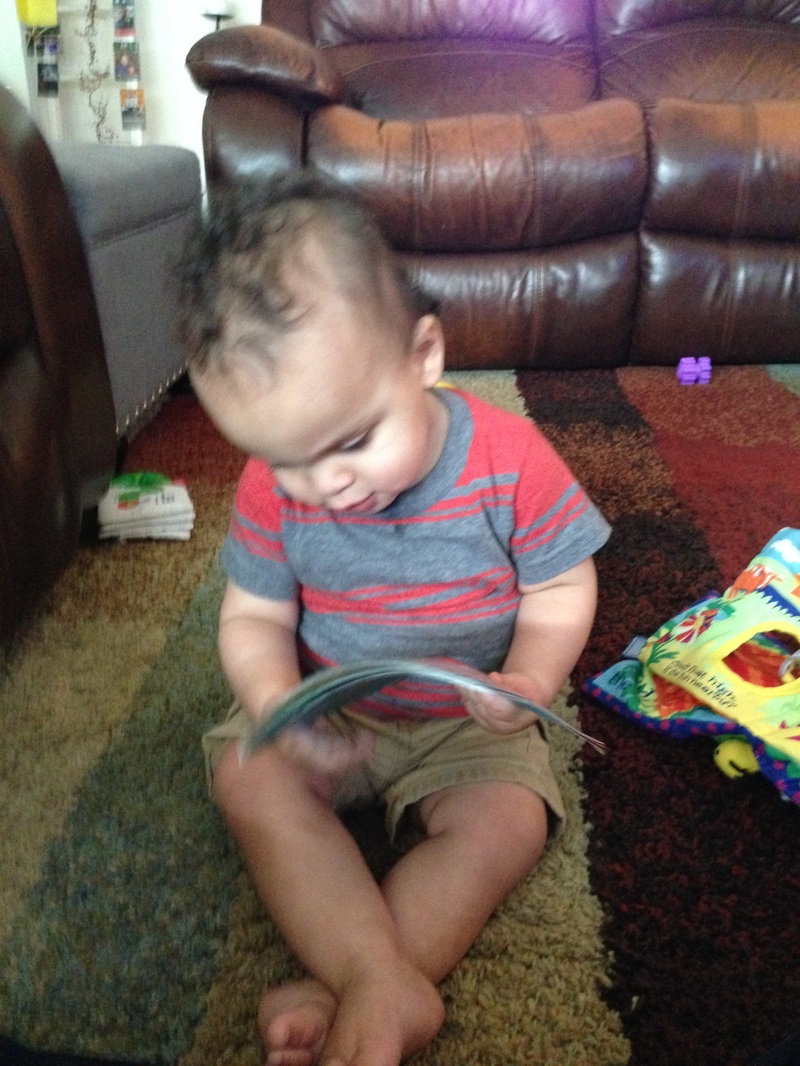
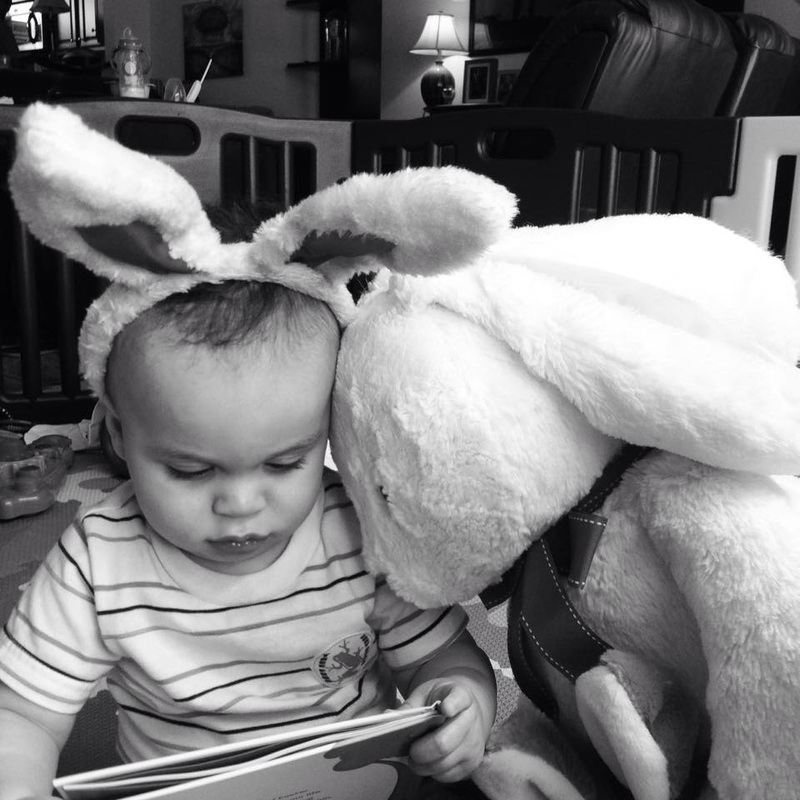
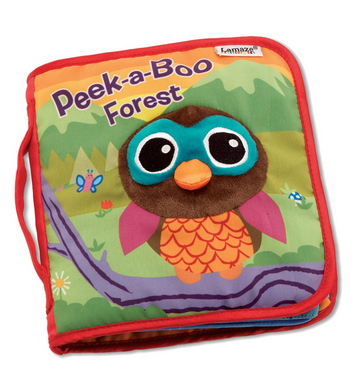
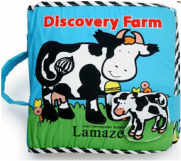
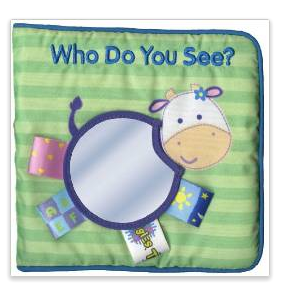
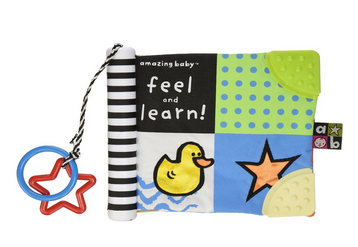
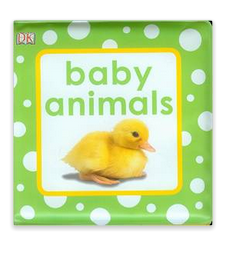
 RSS Feed
RSS Feed
